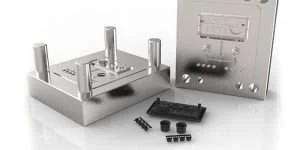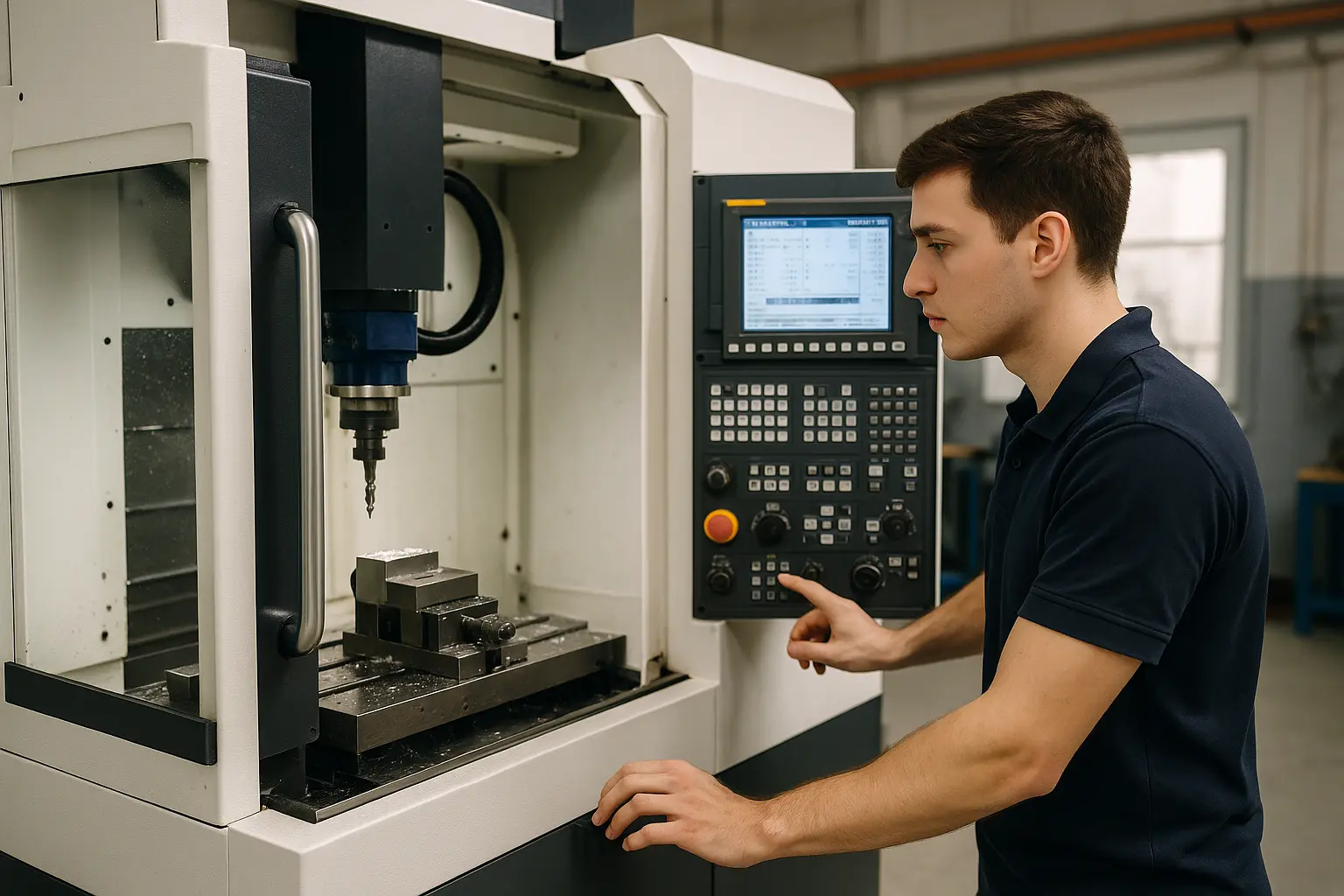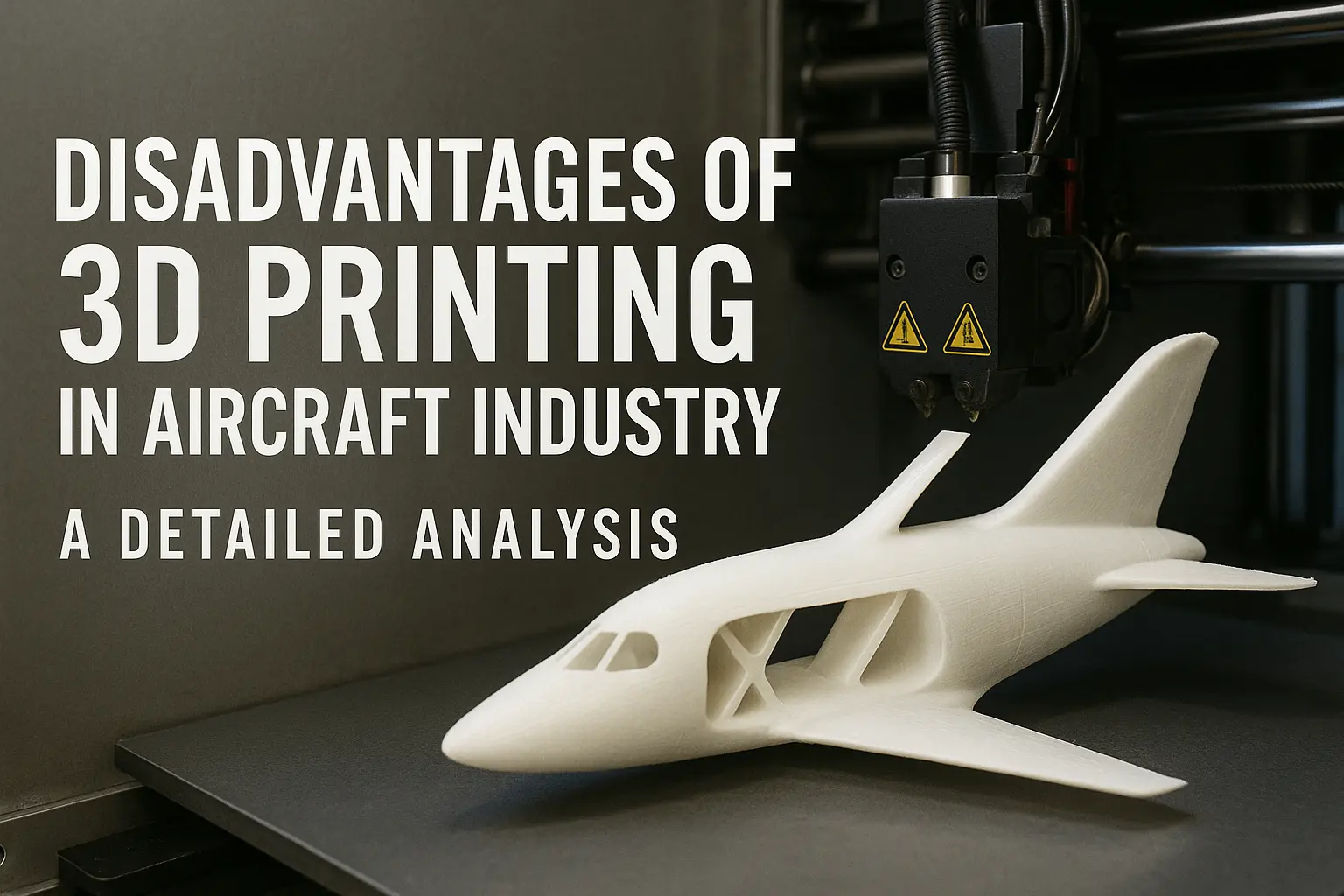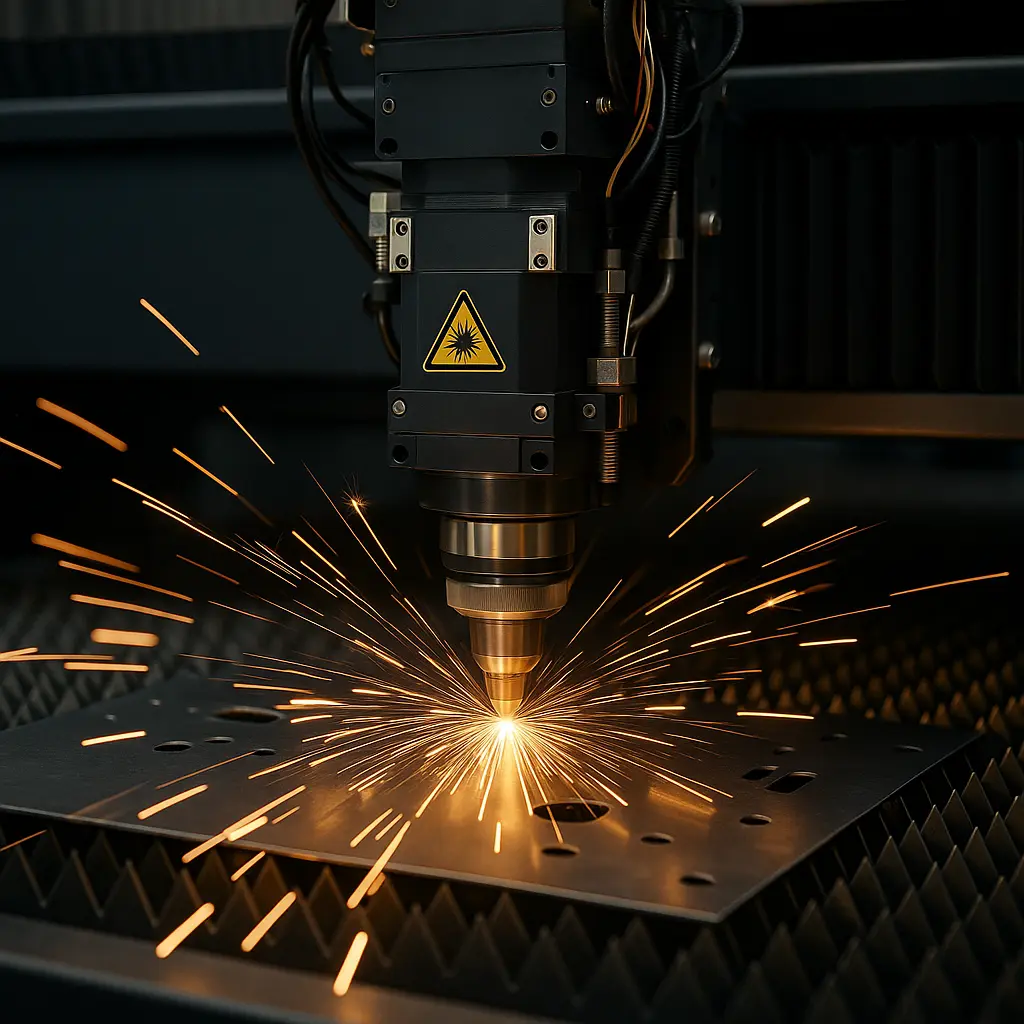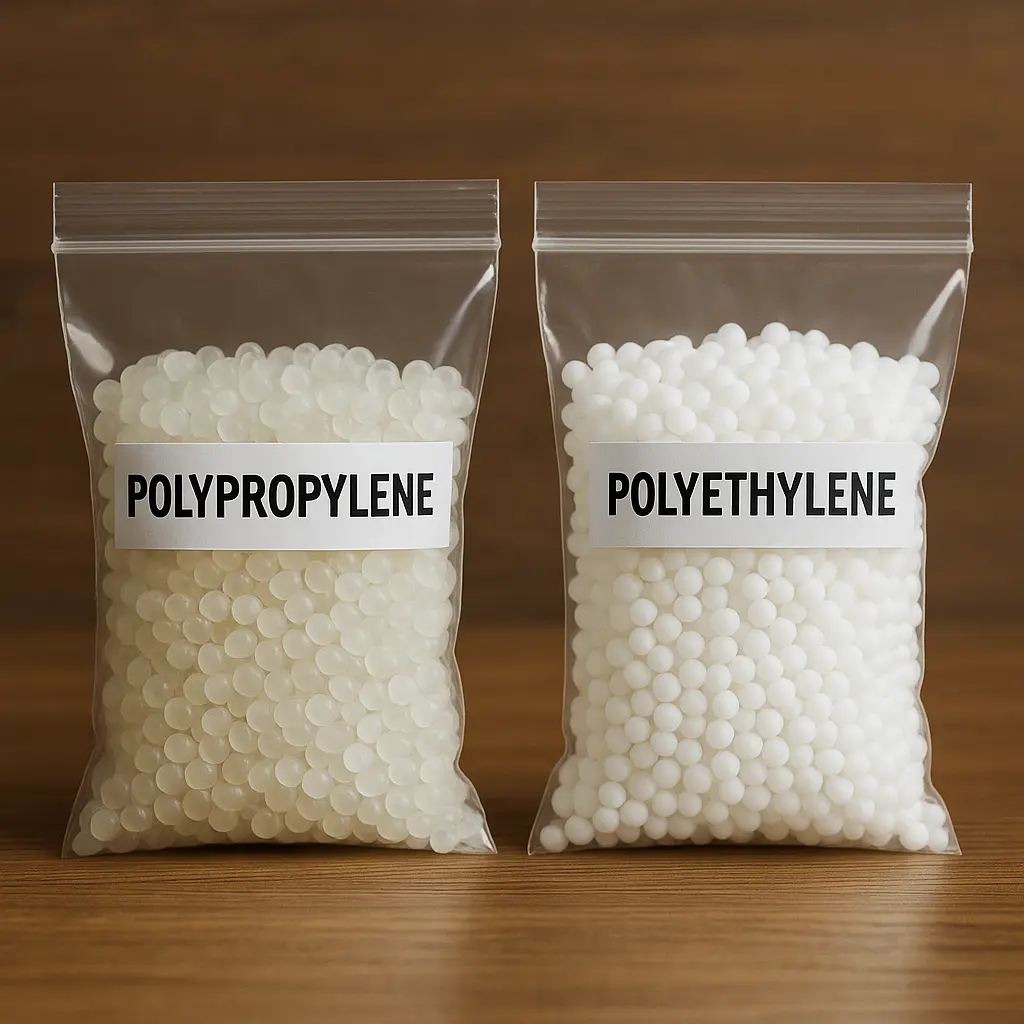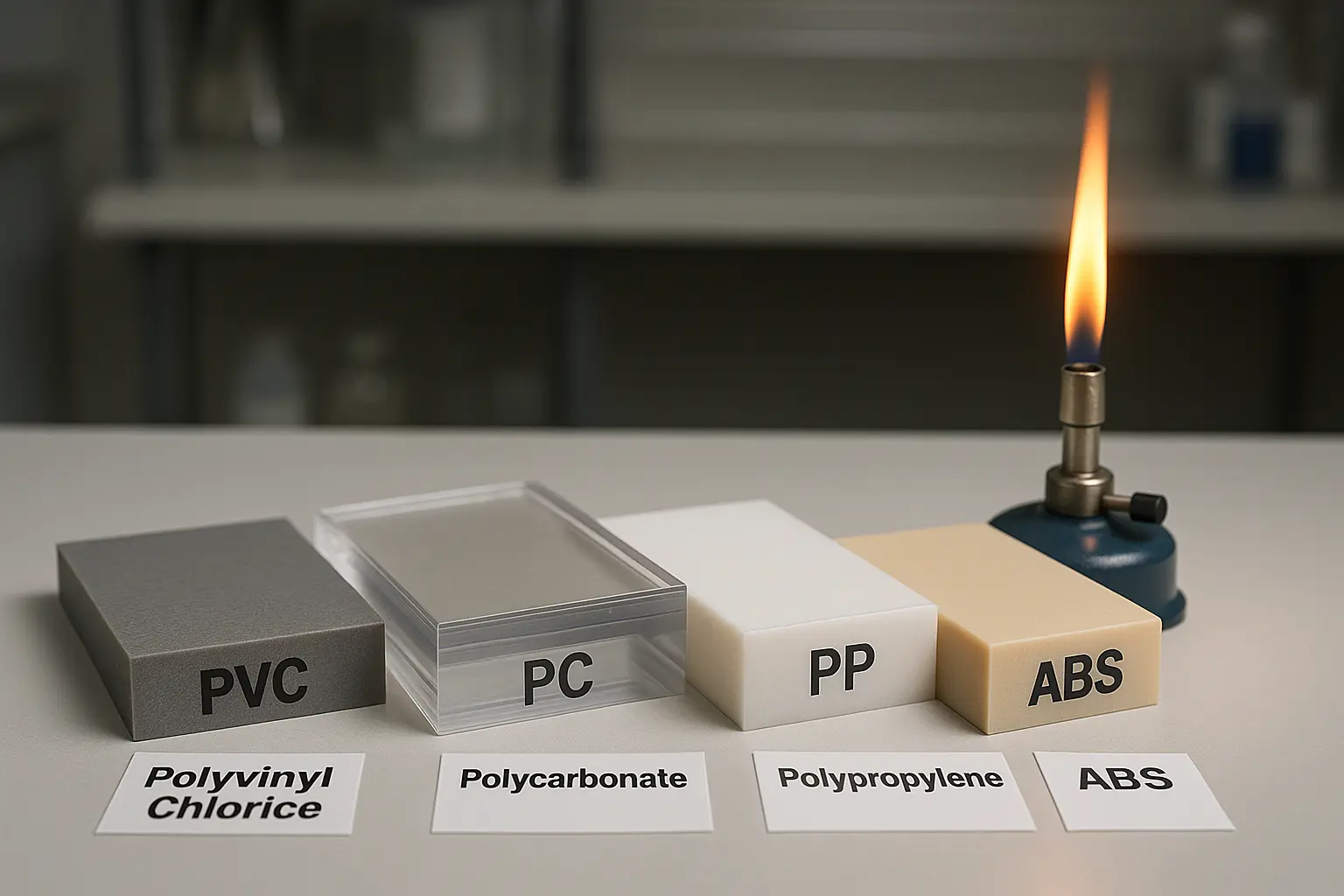Injection molding is one of the most used manufacturing processes, especially for creating plastic parts and components. The highly versatile technique creates simple and complex parts with high precision and supports an extensive material option.
However, the plastic injection molding process may be pretty expensive. But some will tell you otherwise – injection molding is cost-effective, especially compared to other manufacturing methods. So, which of these is true? Injection molding costs could vary depending on a series of production factors.
This article gives a detailed review of the different factors influencing plastic injection molding costs and how to cut down these costs, including a typical quantities analysis of the cost per part of an injection molding project.

Factors That Affect Injection Molding Costs
There are several intricacies influencing injection molding costs, ranging from the parts you are fabricating, tooling costs, choice of materials, surface finishing, and even operator costs.
This section will carefully explore each factor that impacts the cost of injection molding. Let’s check.
1. Part’s Cost
The cost of the parts you are molding depends on various factors such as size and design complexity. Therefore, a clear understanding of how each influences the part’s cost may provide insights into optimizing the overall cost of injection molding.
Design Complexity
Regarding injection molding cost, the simple design principle is paramount. The rule is straightforward, encompassing all aspects of manufacturing, including injection molding: the more intricate the design, the higher the fabrication cost. To relate it more to injection molding, creating complex parts, will require the manufacturer to craft complex molds that suit such parts.
Therefore, we recommend careful examination of your design intricacies and corresponding mold requirements before injection molding. Any design intricacies that are considered unnecessary can be removed to promote cost-effective production.
Part’s Size
Understanding how the size of the part you are injection molding impacts manufacturing costs is also important. As a general rule, larger components incur higher injection molding cost expenses. In common, injection molding larger components requires more sophisticated injection molding devices and molds. Moreover, larger parts will utilize more production cycle times, increasing costs further.

2. Tooling Costs
The costs of the tools used in injection molding depend on a series of other factors. These include the choice of manufacturing process for mold creation, the material used, mold size, and complexity.
Choice of Manufacturing Process for Mold
Generally, injection molding cost are created via any of these processes: CNC machining, 3D printing, or EDM machining.
- CNC Machining Molds: CNC machining is one of the most versatile manufacturing processes, suitable for high-precision parts fabrication. This process allows machinists to create durable steel or aluminum injection molds, regardless of design complexities.
- 3D Printing Molds: 3D printing is suitable for creating almost all structures and parts. However, it produces less durable injection molds at a reduced cost. Therefore, it suits when manufacturers intend to test a part’s suitability before proceeding with bulk-volume part production. The go-to operation for creating 3D-printed injection molds is stereolithography (SLA).
- EDM Molds: Electrical Discharge Machining (EDM) is an assertive technology specifically designed for processing complex and fine features. It’s a high-precision subtractive manufacturing process that ensures the meticulous creation of the mold, paying attention to all intricate details. It is reliable for creating molds from hard conductive metals and alloys, regardless of intricate design and tight tolerance specifications.
Mold Material
Typically, injection molding cost are fabricated using steel and aluminum. How the selected material affects the injection molding price is pretty straightforward. Both materials are excellent choices for manufacturing parts. However, steel has superior mechanical properties, mainly its toughness and durability, making it a better choice for bulk-volume injection molding.
Mold Design
As we know, molding for complex parts will require precision machining with a high level of expertise in creation. Therefore, such molds are more expensive than those for simpler details, shapes, and structures. Generally, manufacturers prefer to work with an aluminum mold when fabricating complex parts to save costs. Moreover, aluminum is more straightforward to machine and has reduced maintenance costs.
Mold Size
The size of the mold cavity is another factor that influences injection molding tooling costs. Manufacturing time and costs increase with increasing mold size. Also, the number of mold cavities affects the tooling and eventual injection molding costs. This is also straightforward: molds with single cavities are easier to fabricate with less time than those with multiple cavities.
3. Labor Costs
Like other factors we have discussed thus far, labor costs influence injection molding differently.
Operator Cost
While the injection molding process is almost automated, you still need an expert to oversee the entire process. This personnel will require remuneration, depending on their level of expertise.
Setup Costs
The costs of purchasing, configuring, and setting up an injection molding device influence the injection molding cost. You’ll expect a business that uses advanced machines to charge a higher injection molding price than those that use basic ones.
Repair and Maintenance Costs
Besides the machine setup cost and operator’s remuneration, the machine will require routine servicing. This, among other repairs and replacing of faulty parts, also influences the cost per part of injection molded components.

4. Injection Molding Material
Indeed, injection molding is typically used to create plastic parts, which are relatively cheap compared to metals. Still, there is a variation, often based on their properties, availability, and usability. These factors influence the cost per kilogram of injection molding plastics. Most times, materials with better mechanical properties are usually more expensive.
For example, materials like polyethylene and ABS are excellent choices, because they showcase a good balance of injection molding cost effectiveness and strength.
5. Production Volume
The amount of parts you are creating also imparts the molding cost. The production volume determines the amount of raw materials – mainly plastics and resins – the kind of machine you use, and the injection mold quality and strength, among other features. However, unlike other factors affecting cost, this is not a direct relationship, mainly when varying cost per part.
Therefore, let’s explain how the production volume can influence total injection molding costs.

Small-scale Production
Generally, you’d expect that low-volume production costs less. However, this isn’t always the case, as the part’s complexity and material choice, among other features, may play more significant roles. Therefore, the cost per unit cost of small-scale production may still be expensive. However, since it requires fewer raw materials and is small-scale, a simple aluminum mold will suffice, reducing costs.
Medium to Large-scale Production
There may be a cheaper injection molding cost per unit part for medium to large-scale production, as the overall tooling costs, among other factors that influence production costs, are shared over the total production. However, for bulk-production volume, we often require more sophisticated tooling, such as steel molds, so it can withstand the stress of manufacturing large numbers of parts. This increases the production costs.
6. Surface Finishing Options
The surface finishing and secondary processing operations also play crucial roles in the cost of an injection molded part. Typical surface finishing for these parts includes painting and powder coating, which help improve the part’s durability and appearance.
However, it is noteworthy that not all parts require surface finishing, especially if the manufacturing process is exact with little to no blemishes. Therefore, post-processing operations shouldn’t be compulsory, only when needed. Moreover, consider using the same service provider that helps in fabricating the part for surface finishing, as many may give a discount to their customers.
7. Parts Packaging and Inspection Requirements
While these two components seem negligible, they significantly affect the total costs of injection molding parts. The costs spent on parts packaging and ensuring quality control so that it attains industry standards also affect injection molding prices.
How to Reduce Injection Molding Costs?
While injection molding is relatively cheaper than other manufacturing methods, some practices may increase costs. Therefore, avoiding these features in your design may prove effective for cost-effective design for injection molding.

1. Simplify Design
Design complication is one of the main factors that increases the cost of injection molding. Therefore, optimizing your design will help avoid tooling injection molding cost, as a simple mold will suit your fabrication. Below are ways to simplify your part’s design and shapes.
Avoid Wall Thickness
Besides helping cut manufacturing costs, maintaining uniform wall thickness helps simplify your design. Therefore, there’s a reduced potential for injection molding cost defects. Moreover, it reduces the amount of raw materials for the intended part’s fabrication, with faster production times.
Avoid Using Custom Molds
Some design specifications may require fabricating custom molds to achieve the intended design. However, this significantly elevates the total costs. Therefore, if avoidable, streamline the design feature to use standard mold bases to help reduce injection molding tooling costs and the entire injection molding process.
Minimize the Number of Cavities
As we discussed previously, increasing the number of mold cavities may increase your injection molding costs. Indeed, these multiple mold cavities benefit the production output; however, they increase tooling costs. Therefore, balancing complex tooling requirements and injection molding setups is critical for total manufacturing costs.

2. Optimize Material Selection
The choice of material plays a crucial role in the total cost of any manufacturing process. However, your fabrication may sometimes require high-end materials, especially if the application calls for high mechanical resistance and durability.
For example, Polyoxymethylene (POM) and Polyether ether ketone (PEEK) are common when discussing industrial-grade hardened plastics. However, the latter is about four to seven times cheaper. In fact, PEEK is not a suitable plastic for injection molding parts.
Another effective means of cutting injection molding cost through material options is to consider reusing plastics, especially the hardened ones in the runners and sprues. However, we must notify you that this may affect the final product’s quality.
3. Reduce Unnecessary Parts Features
Cutting down unnecessary parts features, like injection molding undercut, overly complex geometries, and intricate details reduces injection molding costs. Focus more on the main details integral to the part’s optimum functionality. Other features are supplementary and subject to revision and may prove effective for simplifying your design.
4. Minimize Complex Finishing
We also mentioned that sophisticated surface finishing may increase fabrication costs. Therefore, sticking to more straightforward post-processing and finishing operations may prove effective for optimizing costs. However, it may diminish the overall product quality and durability.
5. Try Reusing Molds
Reusing injection molding cost for multiple fabrications can significantly reduce mold costs. If feasible, consider it as it helps prevent the need for new tools. Reusing molds also helps to increase production cycle times and costs accrued from new mold creation. However, you may need to modify the molds for different parts to ensure the product achieves optimum functionality.

Analyzing Injection Molding Costs for Different Production Volumes
This section will discuss, using a table, an overview of injection molding cost, comparing the cost with the production volume.
| Cost Analysis | Small-scale production | Medium-scale production | Large-scale production |
| Production volume | 10 – 1,000 | 1,000 – 10,000 | 10,000 – 100,000 |
| Material Costs (per part) | $0.5 / part | $0.5 / part | $0.5 / part |
| Total costs of materials | 50 | 5000 | 50000 |
| Tooling costs (e.g., mold, machine) | 100 | 5000 | 20000 |
| Labor costs (per part) | 4 | 2.5 | 1.5 |
| Total labor costs | 400 | 25000 | 150000 |
| Total the cost of injection molding process | 550 | 35000 | 220000 |
| Cost per part($) | 5.5 | 3.5 | 2.2 |
Now, based on what we earlier wrote, you can see how the different factors affect the total costs and the cost per part. The variation in tooling costs is based on the sophistication of the machines and mold types that each production process will utilize.
For example, a 3D printed mold may suffice for small-scale injection molding, while medium-scale may use aluminum molds, and large-scale injection molding will need steel molds. Moreover, with increasing production, you require more extensive and more complex machines.
XC Machining Expert in Injection Molding Services
Besides having a basic understanding of injection molding cost, including the different elements that influence its costs, engaging in the process is something else. Also, these machines are expensive, therefore, it is best to partner with an experienced service provider for your project.
Our team at XC Machining is comprised of experts in the field of injection molding. We take pride in our ability to deliver high-quality and cost-effective molding solutions to meet our customer’s requirements. Whether you require low-volume prototyping or large-scale production runs, XinCheng has the capacity and expertise to offer injection molding services for your projects. Just contact us today!
Conclusion
The cost of injection molding services varies, depending on different production factors. Some of these include tooling and labor injection molding cost, design complexities, choice of molds, etc. Understanding these elements can help you make informed decisions towards reducing the cost of these services without diminishing quality. A typical means of cutting down these excesses is to rid your part of all unnecessary design complications that do not improve the part’s functionality.
FAQs
Is injection molding expensive?
The cost of injection varies depending on various factors. They include design complexity, tooling, and labor costs, material choice, and production volume. However, injection molding is relatively more cost-effective than manufacturing methods like CNC and 3D printing, especially for large production runs.
How much is injection molding?
As we iterated, the cost of injection molding varies depending on different factors. However, the cost per part may be as low as about $2 to $5.
How long does the injection molding process take?
The time it takes for injection molding parts is also affected by similar factors that influence its costs. These include design complexity, material choice, mold complexity, setup time, etc. However, the cycle time for injection molding runs is short, measured in seconds. Other factors like cooling time and post-processing may also influence the total time it takes to create injection molded parts.

